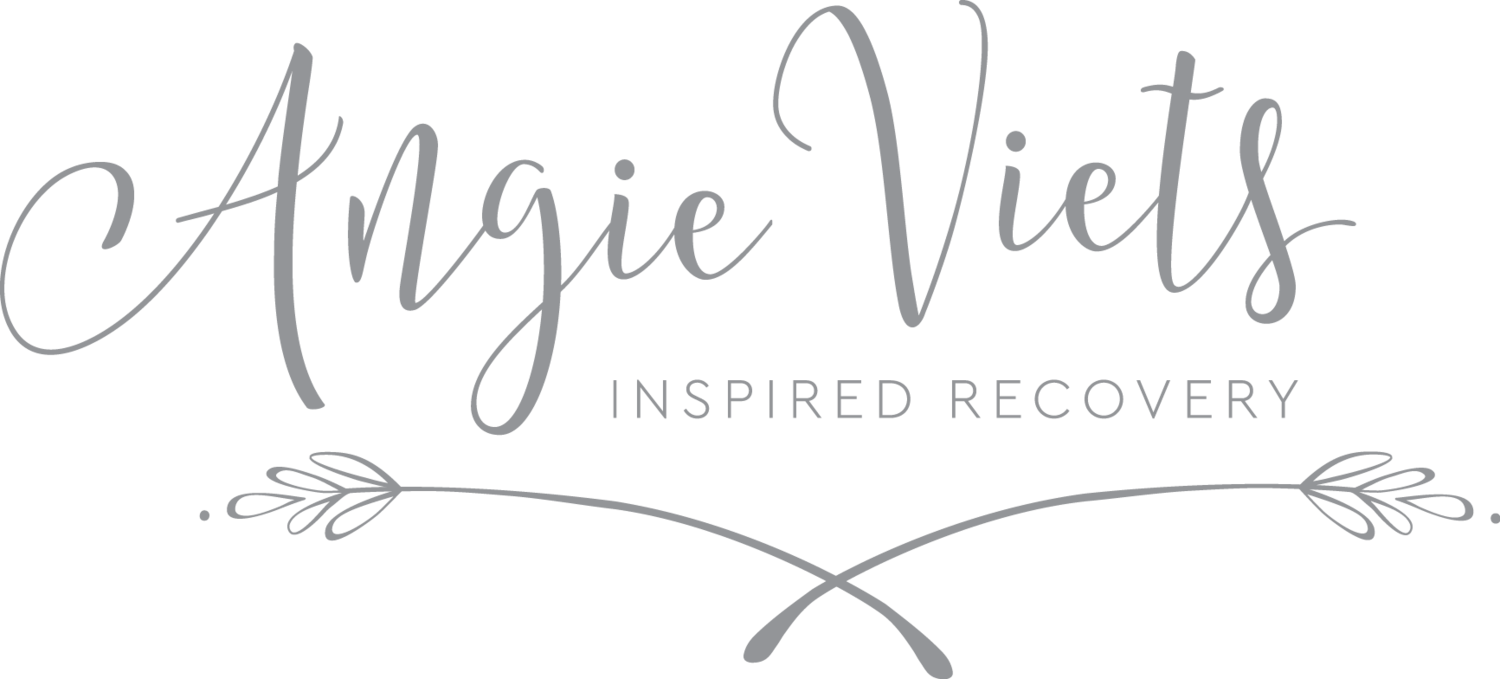How to Create a Pro-Recovery Instagram Feed
Meg McCabe
My eating disorder was at its worst almost ten years ago- thankfully before Instagram’s existence. I’m relieved I did not have this social media platform as a teen because studies show it’s linked to decreased confidence, self-esteem and body image. I can’t imagine what it must be like to be a high-schooler or college student nowadays, so vulnerable to the effects of influencers, “likes”, “follows”, and filters. In 2008, I only had a TV, a flip phone and the internet, and I still fell to the toxic influence of diet culture and beauty industry standards. Only now, several years free from my disorder, am I aware of how these external factors warped my perception of beauty. In my opinion, the presence of Instagram has heightened and intensified beauty standards to a detrimental degree and probably has more power over your eating disorder and your recovery than you think.
If you’re in recovery and you have an Instagram account, I urge you to be extremely cautious with which accounts you follow. The average teen spends nine hours a day consuming media online, with 60% of this time on their mobile device. According to Instagram, the average person under 25 years old spends approximately 32 minutes a day on the platform. In reality, I believe that number may be much larger. Much like other media platforms, the accounts you expose yourself to will shape the way you view the world and how you see yourself.
To re-energize your recovery, I suggest taking a close look at your Instagram. Instagram can be a barrier to your recovery or it can be used as one of your greatest tools. To create a Pro-Recovery account, try the following:
Eliminate the “Perfect” Influencers
Who are they? These are the people who are born with “unicorn” genetics (and most likely a lot of money too). They only show one dimension- perfection. Their bodies all look a certain way and when you see them, you want to compare your body and life to theirs. These influencers make you feel a little insecure or perhaps envious. How do you spot them?
They have no obvious accomplishments or goals besides being “hot.”
Lots. Of. Bikini. Photos.
They have a professional photographer taking their photos.
They do product endorsements
They (probably) do graceful yoga poses in exotic lands/nature.
Almost every photo posted has THEM in it.
Eliminate the FITNESS GURUS
Who are they? These are the people who are DEEP into diet culture. These are the ones who live at the gym and preach about workouts and clean eating like it’s a religious crusade. (It’s not)! These people encourage you to change your body, and truly believe that size is a direct indicator of one’s health (it’s not)! How do you spot them?
They use these hashtags or ones that are similar to: #cleaneating #burncalorie #myfitnessjourney #fitnessgoals #weightloss
They promote or endorse weight loss products
They show “before” and “after” transformation photos of themselves, proudly displaying weight loss or more muscle mass.
Eliminate Triggering Eating Disorder Accounts
Who are they? They are our beloved yet struggling peers. These are the people who may or may not be diagnosed with eating disorders, and are documenting their recovery journeys on Instagram. The accounts thrive off of vulnerability, confessions, and sometimes enablement. They can be triggering because they provide details on calories, meals, weight and eating disorder thoughts. The intention of this community is mutual support, however, some accounts can be highly triggering. If you have one of these accounts, I suggest that you delete yours and perhaps join a recovery support group instead. How do you spot these accounts?
They usually announce their recovery journey or their diagnosis on their profile.
They post photos of almost every meal or snack they eat.
They discuss calories, meals, weight, ED behaviors, etc.
They express eating disorder thoughts, hopelessness, fear, isolation and self-harm.
After clearing out the negative accounts in your feed, there’s one more important step:
Fill your feed with accounts that will support your recovery
Remember, now’s your chance to turn your Instagram feed into a recovery tool. I suggest following accounts that show body diversity and support Health at Every Size. Exposing yourself to body positive accounts will provide a sense of community and help you unlearn the diet culture (this is really important when you're changing your mindset). When you transform you feed, you have the power to set new beauty standards according to YOU and reprogram your thinking. Following local recovery centers, therapists, eating disorder organizations, larger bodied influencers, survivors and recovery coaches is a good idea. How do you recognize these accounts?
They make you feel good about yourself, your body, and food! Some accounts that I like are:
Meg McCabe is a Life Coach and Eating Disorder Recovery Coach located in Boston, MA. She's fully recovered from anorexia and bulimia and works to help people heal their relationship with food and their body. Meg utilizes her platform to interview recovered survivors about their recovery journeys and raise awareness by having vulnerability and honest conversations about eating disorders. When Meg is not coaching, she's the Communities of HEALing Lead for the Boston Chapter of Project Heal, and a health educator at Boston Children's Hospital. In her free time Meg loves to dance, take care of her plants, and listen to podcasts. Visit her Website.






















